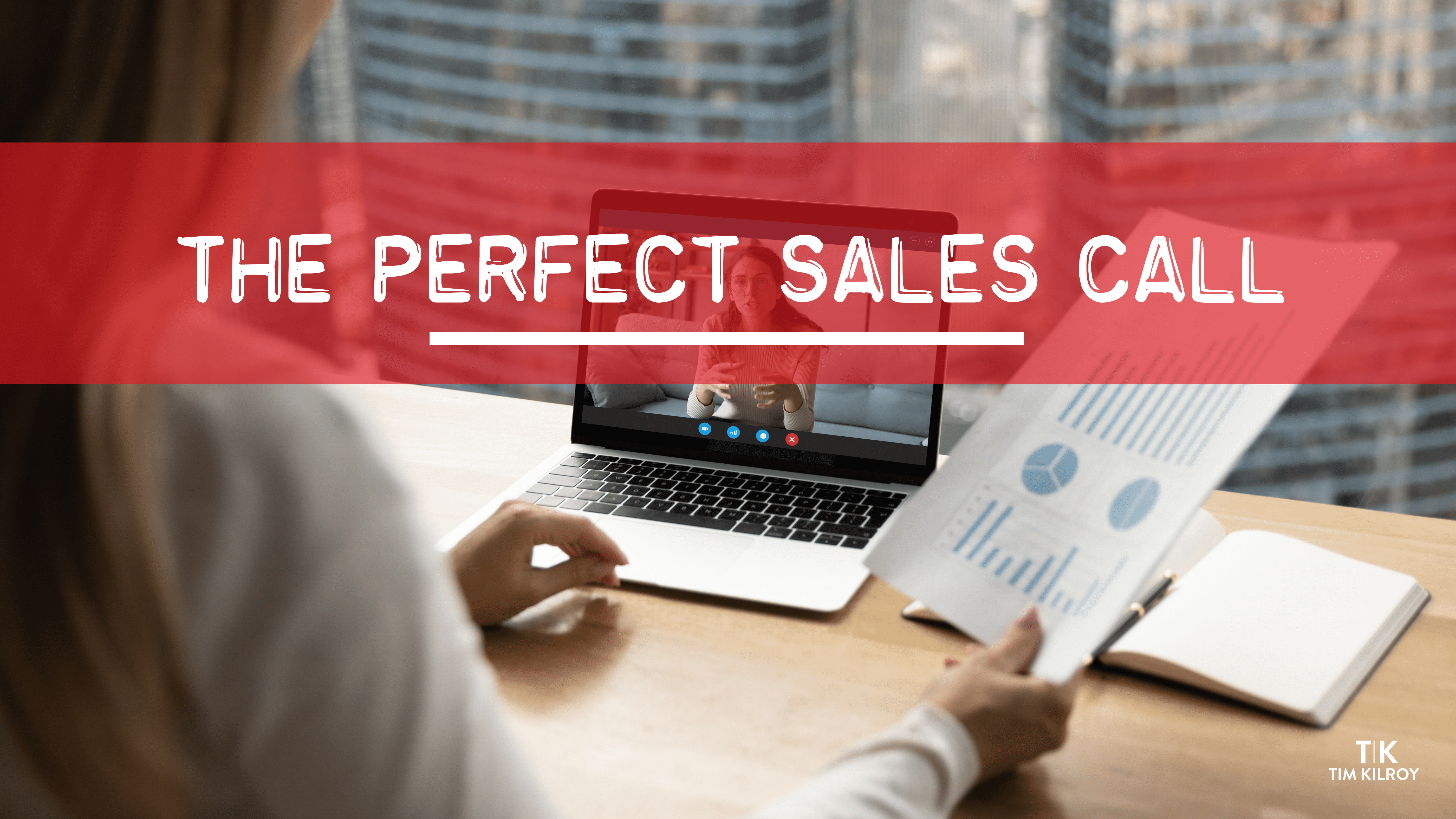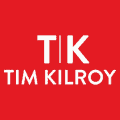
“What should I say in a sales call?” This can be broken down into a simple framework.
The first part of a sales call is rapport. You and your prospect want to know that you aren’t out to exploit one another. You need to build a little rapport. It doesn’t have to be a lot. Relate with them on something you both have in common.
The next step is discovery. Ask questions that are relevant to the thing that you do, and listen for problems and opportunities. For example, if your agency does web development, you might ask your prospect, “What are the things that are missing from your website?” or “What can’t it accomplish that you really want it to accomplish?” If they say, “I would really like it to be interactive and have more videos,” that gives you the insight and the guidance to know whether or not you can help.
Next, restate what you’ve learned from your questions, get a better sense of the engagement, and offer a solution set. Once you understand that the prospect wants video and interactivity, you might be able to say something like, “Hey, we just did a site that used a lot of video and interaction, and here are the result sets. We saw that people spent more time on site. They captured more email addresses. They actually got more brand mentions on social media. Is that all the site? I don’t know. I’m not going to claim all the credit for it, but that was the result of a very specific process that we went through.”
Explain that you think about the client. You think about the user experience. You think about the journey mapping, and you apply those multimedia elements with an end goal in mind (ex: more video). The real strength is when you take your desire for greater engagement, and unpack that and solve the problem one piece at a time in a very systematic, very predictable way.
When prospects have agreed to your solution, you need to rapidly transition into handling objections. Even if no one has objections yet, you want to get in front of them. You want to start going through some of the obvious objection points making sure you’ve addressed each, and that it’s time to move on. You’re going to explicitly ask for permission, and you’re going to say something like, “Now that we’ve talked about that, is it time to move on to the next topic?” What you want to do during this call is to get people to give you permission to move forward.
A one-call-close should never be an expectation. You have to decide what you want your next action to be, and your initial close, your initial success in the sales process, is going to basically ask your prospect if it makes sense to take the next step. You might say something like, “Hey, this is great. I think I have a good idea of what you want, and I think based on our experience we can put together a process that gets us to the intense, interactive site that we’ve discussed, but before we go further, I want to take a couple of minutes. I’d love to give you a little homework, and then I’d like to discuss this on a separate call where we can get a little bit deeper into the specifics. Okay?” What you’ve just done there isn’t sold them. You’ve gotten their permission to set up the next meeting, which is where you’re going to close them. Between now and then, you’re going to be asking them questions and getting them prepped, so you have all of the information, in that next meeting, to be able to say, “Awesome. You know what? Let me lay out our vision for this. If they consent, you say, “Great, does it make sense to move forward with this? Does this accomplish what you’re after?” Then, you move into the negotiation stage.
The framework is rapport, discovery, solution/problem solving set, objection handling, and a non sales close.


